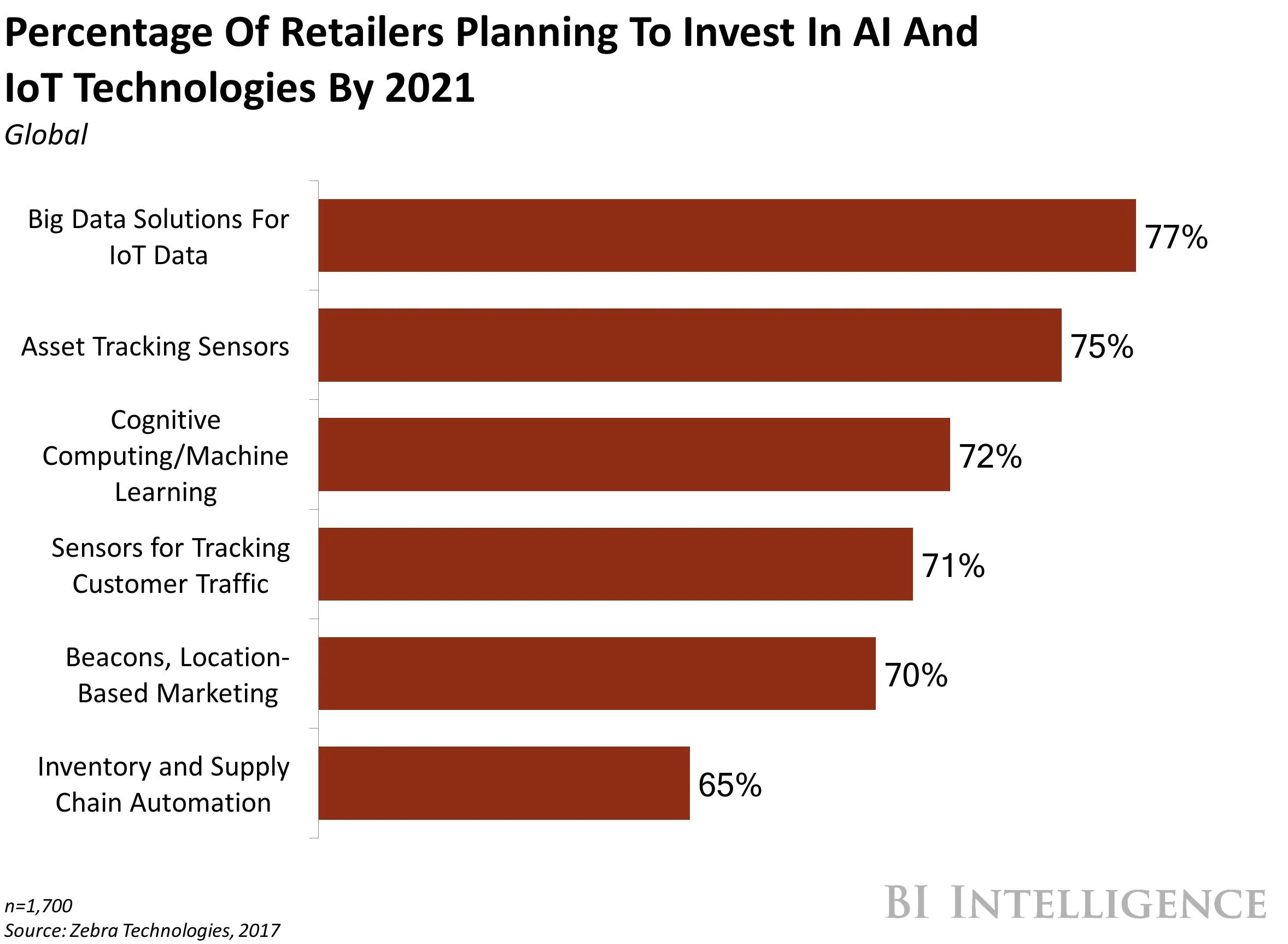
It's not just about having top-notch products anymore. To succeed in today's market, you must ensure potential customers can easily discover your products.
That's where advanced machine learning and intelligent algorithms come in handy. They can help you understand and predict shopper behavior, making it easier for your products to be discovered. But it's important to use this technology while acknowledging that your customers are real people, just like you, with their thoughts and shopping habits.
The real challenge is making machines smart enough to imitate human behavior without becoming too human-like and complicated to work with. So how do we find the perfect balance?
The real deal about personalization
Brands that create personalized experiences — through AI and other advanced technology see a six to ten percent increase in revenue as per research conducted by Boston Consulting Group. However, 1:1 personalization, akin to what Amazon and the other big players boast of, requires heaps of data about each customer.
However, such targeted personalization only works for under 25% of the shoppers. And even for those shoppers, a simple change in behavior or device would impact the recommendations they would see.
For the remaining 75% and a vast majority of online shoppers, what is possible is personalization based on segmentation. Understanding aspects of shopper behavior, such as where they are located, their device preference, number of visits to the site, etc., helps understand what products would make the most sense to them.
Help shoppers find what they're looking for
I've often heard the word 'intent' pop up in marketing discussions. It made me wonder about intent in the context of ecommerce and what it would mean for an online retailer.
I was introspecting and gazing out the window when I stumbled upon a useful analogy. A robust search function is like an attractive window display, relevant recommendations are like helpful salesperson recommendations, and easy navigation is like the spacious aisles you walk through in a physical store.
Successfully recreating that experience online is what decoding customer intent is all about.
Online retailers need to ask themselves two questions:
- How well can I gauge intent when a customer lands on my site?
- How well can I cater to the customer's perceived intent?
Answering these questions with confidence defines an excellent online search experience. Retailers that take the time to understand their customers' needs and provide the most seamless online shopping experience through intelligent search, relevant recommendations, and easy navigation are the ones that truly grasp customer intent. And let's be honest, they're also raking in cash.
Be accessible everywhere
Your customers no longer shop on one channel or a single medium. They might see your ad on a billboard on their way home from work, do a quick price-check on their mobile, and then buy it two weeks later from their laptop.
Brands must make it just as easy to browse and shop across devices. For example, purchases made on mobile accounted for 31% of total sales in 2017. As a result, brands vying for customer attention must ensure that their sites are optimized across all devices — desktop, tablet, and mobile.
Understanding that customer expectations differ from mobile to desktop, especially from a design perspective, is a critical differentiator in sites that are a pleasure to shop on and those that present a nightmare for shoppers.
Ensure customer delight
How well do you know your customer? Posing this question to the modern retailer bodes an answer that ventures beyond customer satisfaction. Daniel Pink's book on the changes in the sales landscape discusses how the economy has shifted from seller-driven to buyer-driven.
A rise in customer expectations due to an unprecedented increase in available choices and information to evaluate those choices necessitates that customers are right up and center in any product conversation.
Again, quoting the author, "In just about every market for everything, we're in a world approaching information parity. Add to that the huge number of choices buyers have, along with their power to talk back, and we're now in a world of 'seller beware.' Now, it's the sellers who are on notice."
Visual recommendations are a simple example of how AI helps enhance the shopping experience for a customer. Here's how Ashley Home Store incorporates visual recommendations in its site search, making it easier for customers to find what they're looking for.
An additional point to remember is that customer delight indicators in ecommerce largely depend on the kind of industry you operate in and the products you sell. For example, the experience across search, navigation, and recommendations would be much different for fashion compared to groceries. Ensuring that your site intelligently tackles these nuances of shopper behavior goes a long way in managing customer delight.

We started this article with a simple premise — how can we build machines that are clever enough to be part human?
While AI and personalization have helped in the evolution of online shopping, brands trying to make a mark and stand out in the minds of the customer are the ones that tie together the precision of AI-powered suggestions while retaining the uniquely subjective experience of offline shopping. The win-win situation is to build machines that intelligently study patterns, refine their understanding of shopper behavior, and allow some business control.
In other words, successful AI guides you to the products that should get the window spot but leaves the decision-making up to you. Competing in the Buyer Economy demands that brands adapt to new technology to stay relevant.
Research indicates 72% of retailers plan to invest in cognitive computing and machine learning by 2021. AI has transformed the world of commerce — both online and offline- and changed how we shop. Brands that successfully infuse AI-powered personalization to create shopper experiences that evoke delight in every stage of a customer's purchase journey are the ones that will win.
Wondering what will power the future of commerce?
We vote for Man and Machine.
Find out how AI and personalization can help you serve your customers better through strong site-search, category pages, and accurate recommendations. Get a free, custom-made report that shows how Unbxd can enhance the shopping experience on your site. Book a demo!








